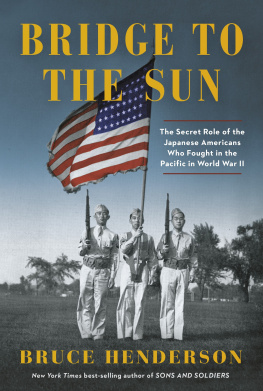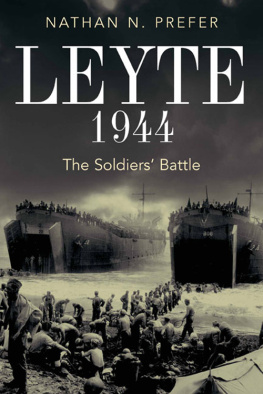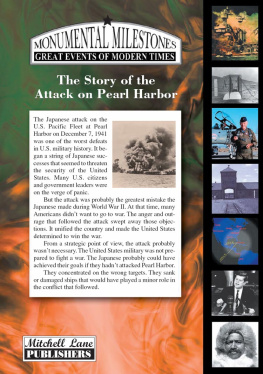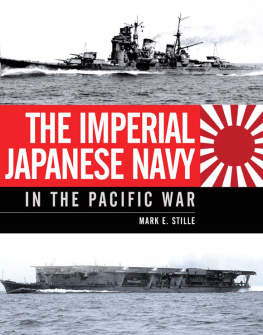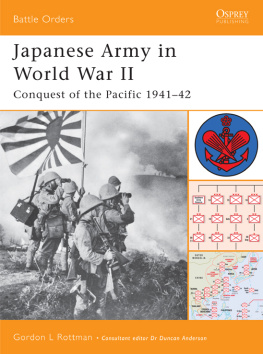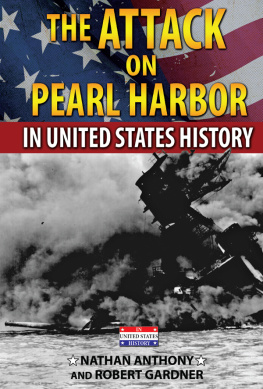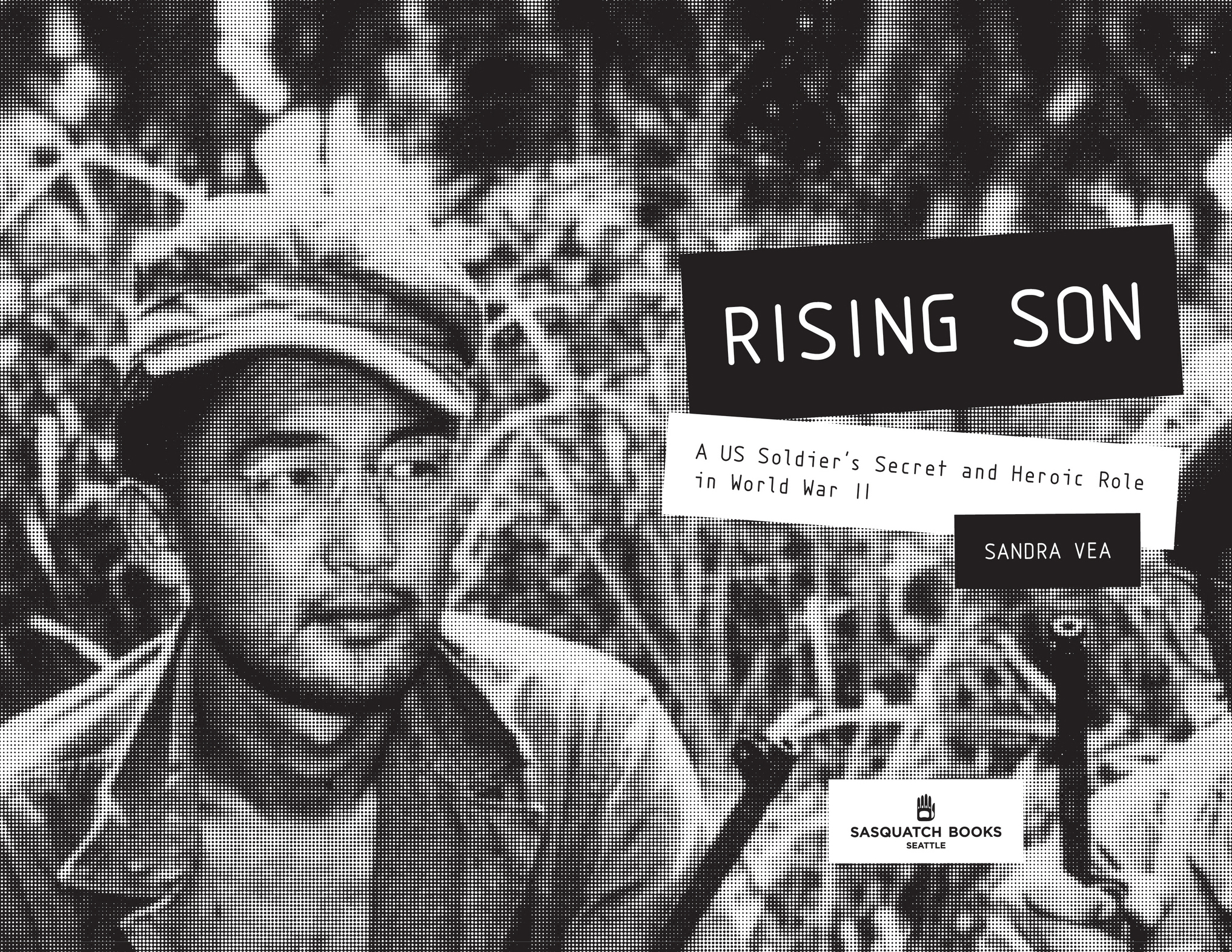Contents
Landmarks
Print Page List
Copyright 2016, 2019 by Sandra Vea
An earlier version of this book was published in 2016 under the title Masao.
All rights reserved. No portion of this book may be reproduced or utilized in any form, or by any electronic, mechanical, or other means, without the prior written permission of the publisher.
Published by Sasquatch Books
SASQUATCH BOOKS with colophon are registered trademarks of Penguin Random House LLC
Editor: Gary Luke
Production editor: Bridget Sweet
Design: Tony Ong
Copyeditor: Jeanne Ponzetti
Front and back cover photographs: the Abe family
Author photograph: Sockheng Nay
All interior photos courtesy of the Abe family, with the exception of (Kathie Abe).
Library of Congress Cataloging-in-Publication Data
Names: Vea, Sandra, author.
Title: Rising Son : A US Soldiers Secret and Heroic Role in World War II / by Sandra Vea.
Other titles: Masao
Description: Seattle : Sasquatch Books, [2019] | An earlier version of this book was published in 2016 under the title Masao. | Includes bibliographical references.
Identifiers: LCCN 2018027947 | ISBN 9781632172419 (hardback)
Subjects: LCSH: Abe, Masao, 1916-2013. | World War, 1939-1945Military intelligenceUnited StatesBiography. | Japanese American soldiersBiography. | United States. Army. Infantry Division, 81stBiography. | World War, 1939-1945Participation, Japanese American. | World War, 1939-1945United StatesJapanese Americans. | Japanese AmericansHistory20th century. | BISAC: BIOGRAPHY & AUTOBIOGRAPHY / Cultural Heritage. | HISTORY / Military / World War II. | BIOGRAPHY & AUTOBIOGRAPHY / Historical.
Classification: LCC D769.8.A6 V43 2019 | DDC 940.54/8673092 [B] dc23
LC record available at https://lccn.loc.gov/2018027947
ISBN9781632172419
Ebook ISBN9781632172426
Sasquatch Books
1904 Third Avenue, Suite 710
Seattle, WA 98101
(206) 467-4300
SasquatchBooks.com
v5.4
a
For Alan
CONTENTS
ACKNOWLEDGMENTS
I am forever grateful to Masao Abe for humbly sharing his life story and recollections as a Military Intelligence Service soldier during World War II. Before he died, Masao was one of the last three soldiers of the ten-man Interrogation/Interpretation Team that was attached to the Eighty-First Infantry Division. The others have also provided great insight: Saburo Nakamura generously shared his memories before he died in 2015, and Hiroki Takahashi has shared poignant stories, written by hand. It was an honor to gain knowledge from all three of these brave and venerable men.
Doris Okada Abe, Masaos wife of sixty-three years, was kind enough to describe bits of her life. Alan Abe made this project possible and kept propelling it forward. Michael Abe and Kathie Abe were sources of strength. Pat and Stephanie Abe have provided valuable input and shared family photos. Sherman Abe, Anna Pusina, and Kathleen Greinke, the children of Tatsuo Abe, have been wonderful guides and provided intricate details and documents about their parents internment and imprisonment. Phyllis Mizuharo Hirata was gracious with encouragement and information. Dawn Marano was invaluable as an editor, as were Leah Campbell and Barbara McPherson. I also want to thank the professionals at Sasquatch Books who worked on this manuscript and patiently guided me through the publishing process. First and foremost is Gary Luke, editor; also Bridget Sweet, production editor; Tony Ong, designer; and Jeanne Ponzetti, copyeditor.
Richard Thompson, librarian for the City of San Bernardino Historical and Pioneer Society, and Sue Payne, from the Arda Haenszel California Room in the San Bernardino Public Library, sent information and pictures. Jevin Orcutt from the Army Heritage Center Foundation assisted with images from World War II and the Eighty-First Infantry Division. Mark Vanderveen, University of Washington professor, was helpful with regard to military affairs in Japan during the 1930s. Mark Wittow, intellectual property attorney, provided wisdom and expertise with regard to some of the photos. Lieutenant Colonel Michael Yaguchi, United States Air Force (retired), has been an integral part of the development of the book. Michael provided feedback and also connected me with others. He has been a constant source of encouragement. The input and suggestions by Bobby C. Blair, coauthor of Victory at Peleliu, and Terry Shima, World War II veteran and recipient of the 2012 Presidential Citizens Medal, were so valuable with regard to military and historical accuracy.
My hope is that these fine soldiers of World War II, soldiers who fought in near isolation in the South Pacific, finally have their loyalty, valor, and accomplishments recognized.
PREFACE
Thirty years. He couldnt speak of his specific assignment in World War II for thirty years after the war ended. Masao, like six thousand other Military Intelligence Service (MIS) soldiers, almost all Japanese American, was operating under a shroud of secrecy during the war. But Masaos assignment in the MIS was unique: he was embedded in a combat unit on the ground, facing an enemy that looked like him, and surrounded by the mindset that the only good Jap is a dead Jap. Only a handful of the MIS soldiers served in this way. They are among our bravest combat soldiers from that time, and their stories remain untold.
Masaos medals speak to his heroics during the war. Among the many medals he wore on his service cap were the Combat Infantryman Badge, Purple Heart, Bronze Star Medal, Asiatic-Pacific Campaign Medal with two Bronze Campaign Stars and Bronze Arrowhead Device, Army Good Conduct Medal, World War II Victory Medal, Army Commendation Medal, American Defense Service Medal, and the Philippine Liberation Medal with one Bronze Campaign Star. He was bestowed the Congressional Gold Medal in 2010, an honor he was proud to receive. After Masao passed, we discovered that he had not earned just one Bronze Star Medal, but three. All three Bronze Star Medals were awarded for meritorious achievement as a result of active and heavy ground combat in the South Pacific. Masao died not knowing what a hero he was, but had he known, he would have humbly shrugged it off.
By the time Masao was in his nineties, I had entered the picture and started to ask questions about the war. Not only was he delighted to have an interested listener, he could remember details from seventy-five years ago with little effort. His war stories were fascinating, but he also had poignant memories of his uncle, with whom he lived in California. His uncle was imprisoned during the evacuation, while his aunt and little cousins were interned. Like thousands of other Japanese and Japanese Americans who lived along the West Coast, their lives were forever changed.
A word regarding the genre of this book: I was honored to meet, and came to love, Masao Abe during the last years of his life. It quickly became clear to me that his was a story that deserved to be told in its own right, but also because one of its central messages concerning the respectful, civil, and humane treatment of Americans, immigrant-Americans, and others in our country of various ethnicities, races, and religions is as critical today as it was in Masaos time. The book is a biography, faithfully representing the hundreds of hours of Masaos vivid storytelling that I recorded. Taking my creative license from the genre of the nonfiction novel, first introduced by Truman Capote with his book



